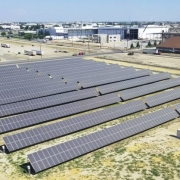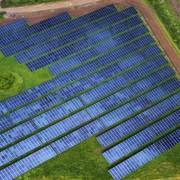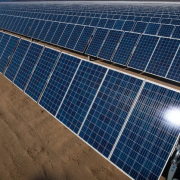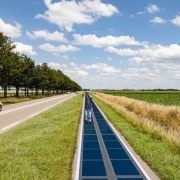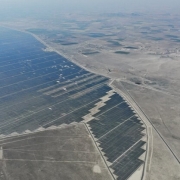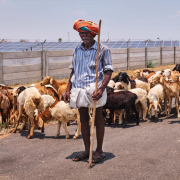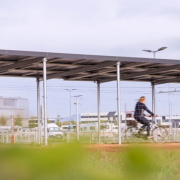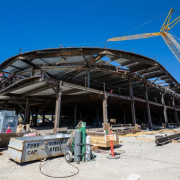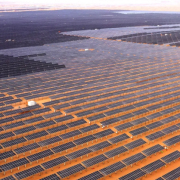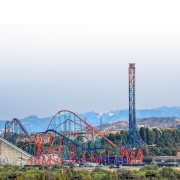Miller Milling Co., a part of Japan-based Nisshin Seifun Group, plans to expand its solar power capabilities at its flour mill in Fresno, Calif.
Company officials said the expansion will add 1.01 megawatts of DC electricity that will be transformed and used at the mill. This amount plus the existing 1.01 megawatts of electricity being produced through solar will satisfy roughly 33% of the total electrical demand of the facility, the company said.
Miller Milling Co.’s solar power system became operational toward the end of 2017, Damon Sidles, plant manager, said in a 2018 article in World Grain, a sister publication of Milling & Baking News. The project involved the installation of 2,340 solar panels required for the project on 5 acres located adjacent to the mill, he said.
Click here to read the full article
Source: Food Business News
—
If you have any questions or thoughts about the topic, feel free to contact us here or leave a comment below.

